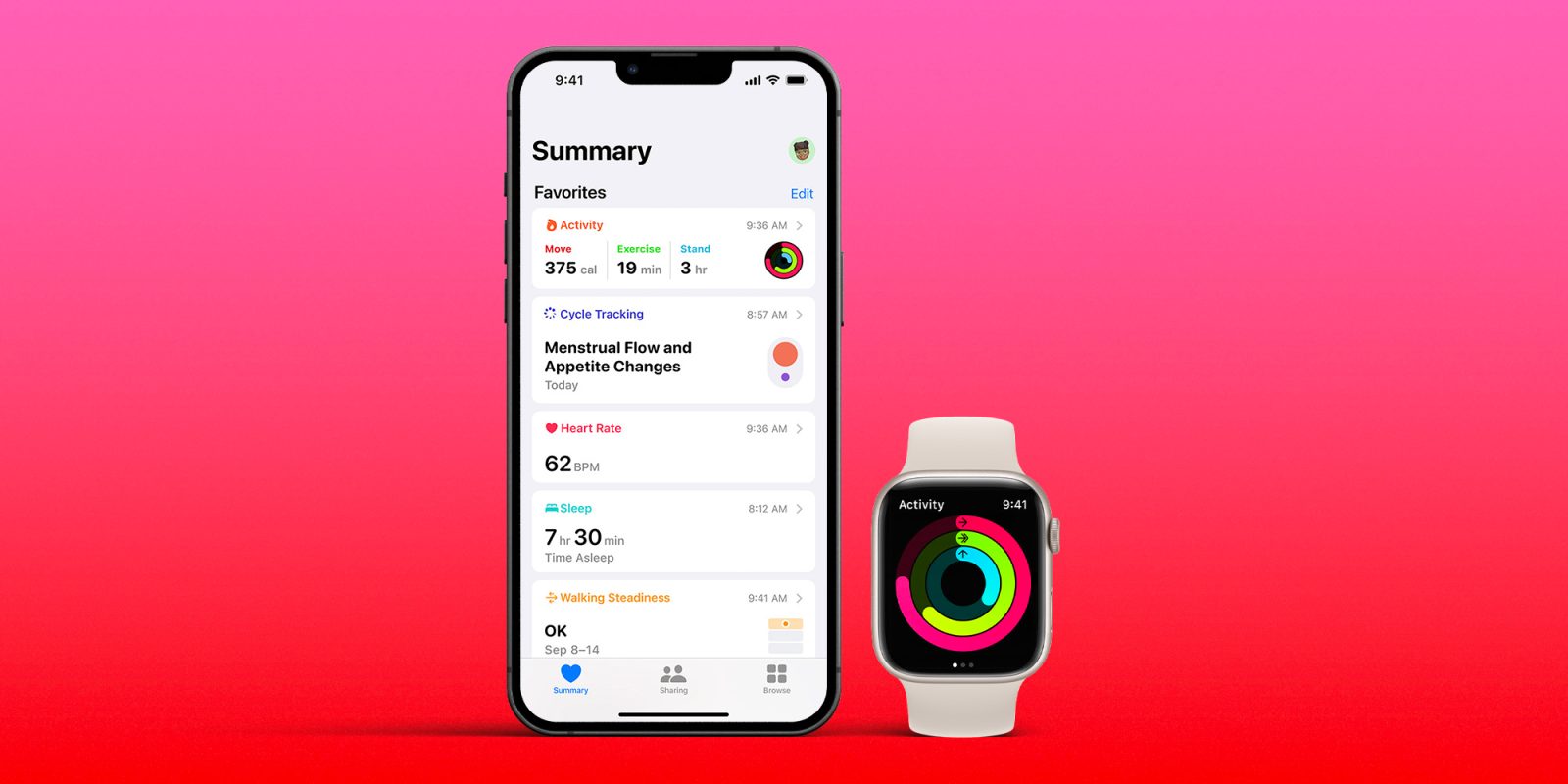
Ahead of World Diabetes Day on November 14, two of Apple’s long-running health studies have shared new data on glucose and the challenges of people living with diabetes.
The latest analyses come via updates to the Apple Heart and Movement Study and the Apple Women’s Health Study, both of which launched in 2019.
The updates explain how continuous glucose monitors “can empower people with diabetes to gain insight into how different foods, activities, and life stressors affect glucose.” When this data is supplemented with data from Apple Watch about activity, steps, sleep, and menstrual cycles, it provides an even bigger “treasure-trove of information.”
Here are some highlights from the updates to the Apple Heart and Movement Study and the Apple Women’s Health Study:
- When participants increased the average duration of exercise or the average number of steps taken on a given day, there was an increase in the average percentage of time glucose fell within the target range of 70-180 mg/dL.
- People who exercised more than 30 minutes per day spent 78.8% of time in the target range of 70-180 mg/dL.
- Participants who identified as female and took more than 10,000 steps per day saw the most time spent in the target range of 70-180 mg/dL, compared to 76.4% of participants who identified as male.
- Analyses examining 1,982 menstrual cycles revealed a slight rise in the duration of glucose levels staying within the desired range of 70-180 mg/dL during the follicular phase. This is characterized by lower progesterone levels (68.5% of the day), in contrast to the luteal phase where this percentage was slightly lower at 66.8% of the day.
- Participants also spent slightly less time above range during the follicular phase (28.9%) when compared to the luteal phase (30.9%).
Calum MacRae, cardiologist, professor of medicine at Harvard Medical School, and principal investigator of the Apple Heart and Movement Study at Brigham and Women’s Hospital:
Empowering users to move their personal physiology in the right direction is a fundamental foundation of precision health and medicine. Apple Watch enables users to determine how best to improve their cardiometabolic risk.
These data demonstrate that exercising at the right levels can improve how each of us deal with metabolic challenges to reduce the risk of diabetes or to improve the control of diabetes if it does develop.
It is exciting to see that the integration of exercise and CGM data using Apple HealthKit enables users to improve their glucose control and reduce their risk of future heart disease.
Learn more:
FTC: We use income earning auto affiliate links. More.


Comments